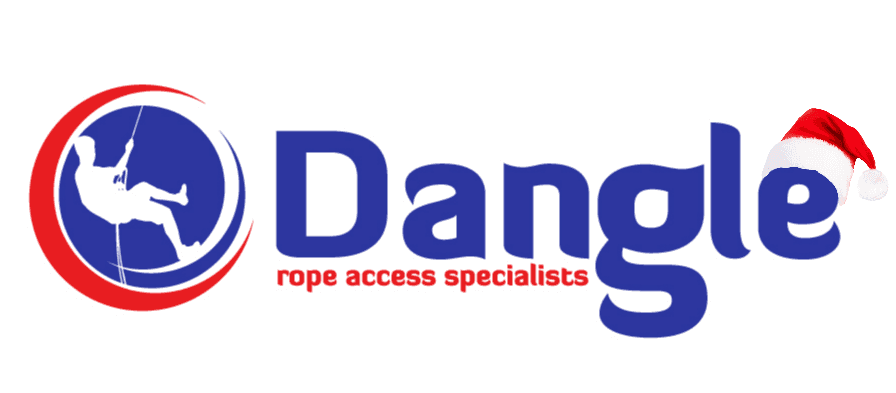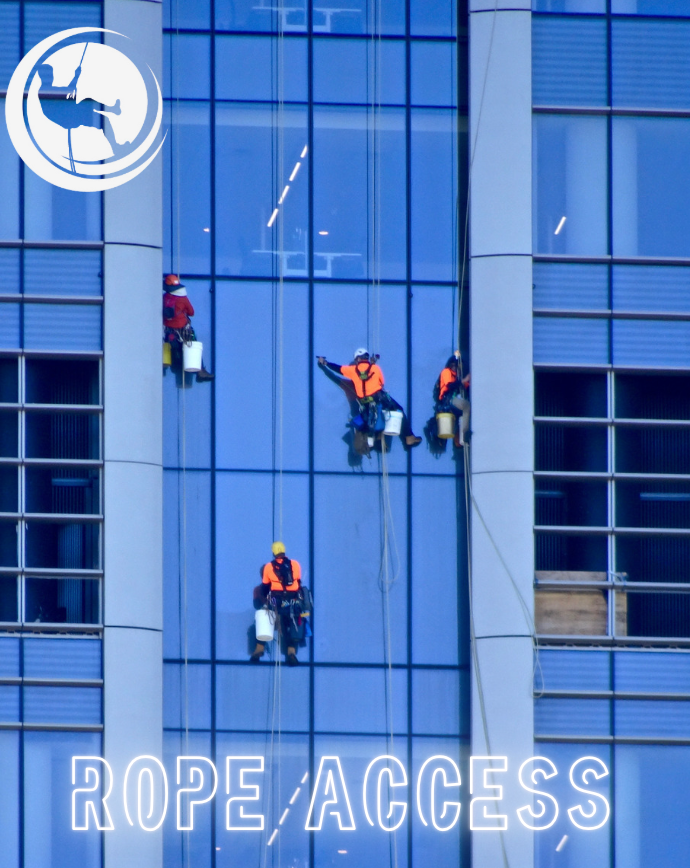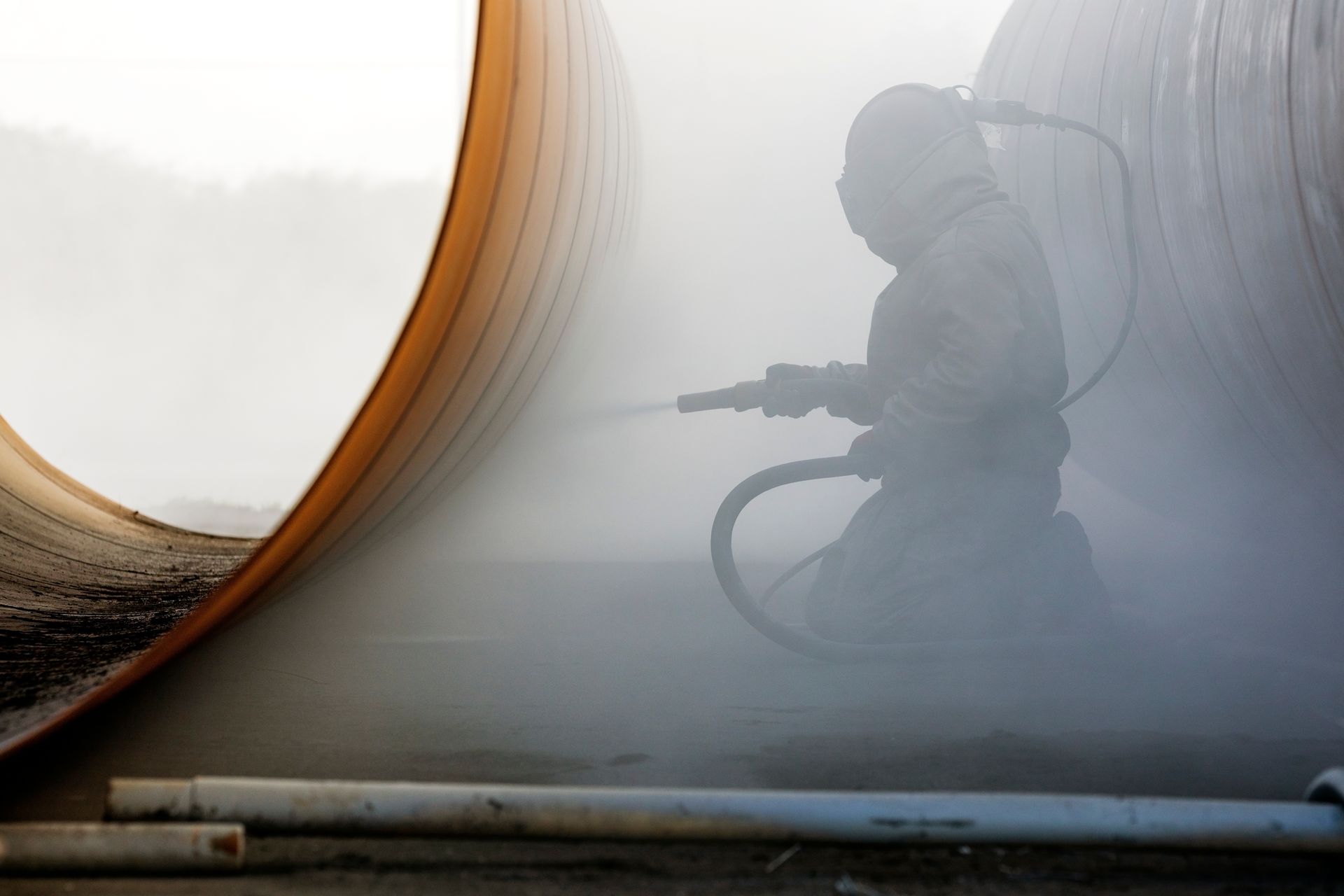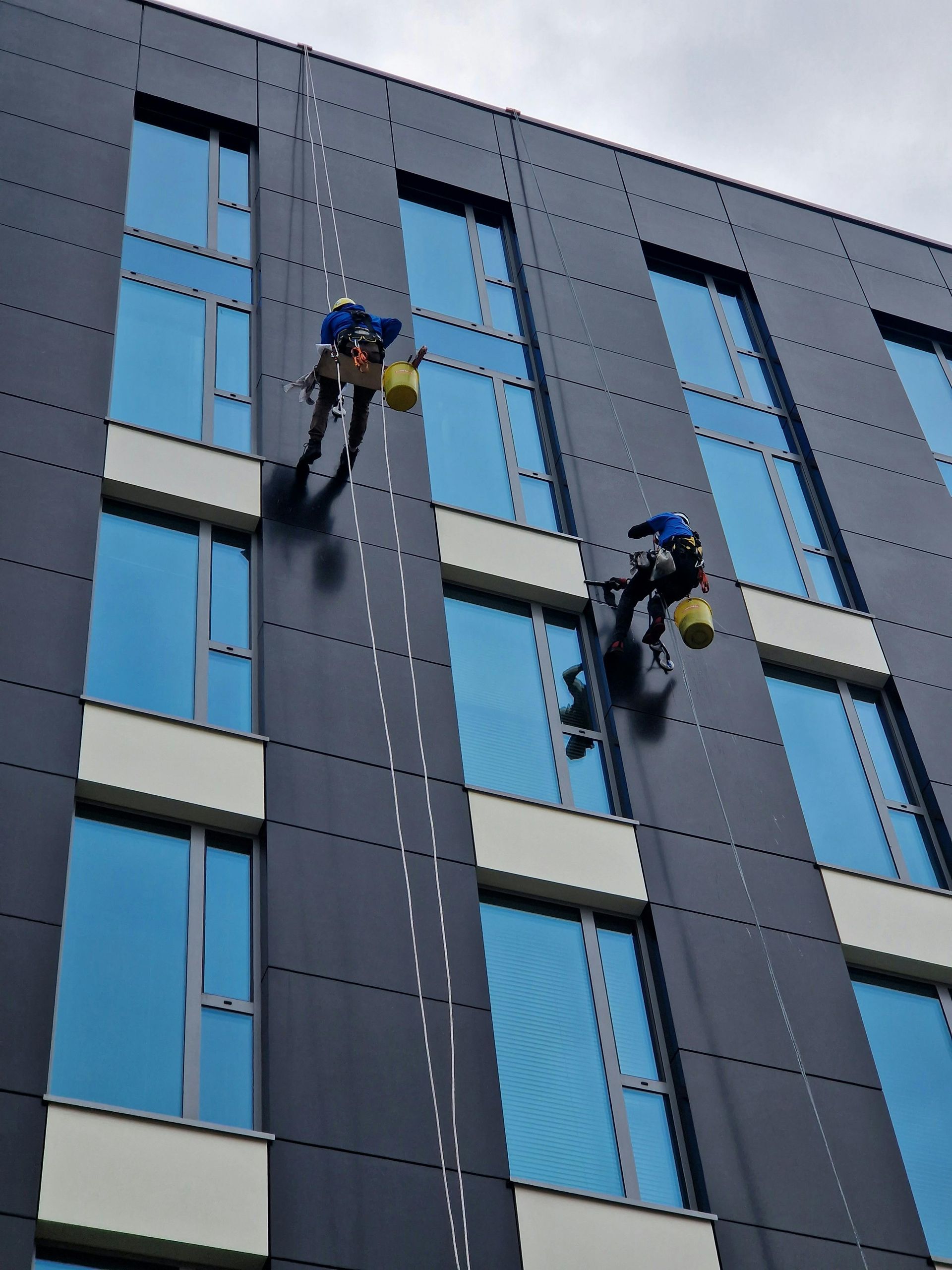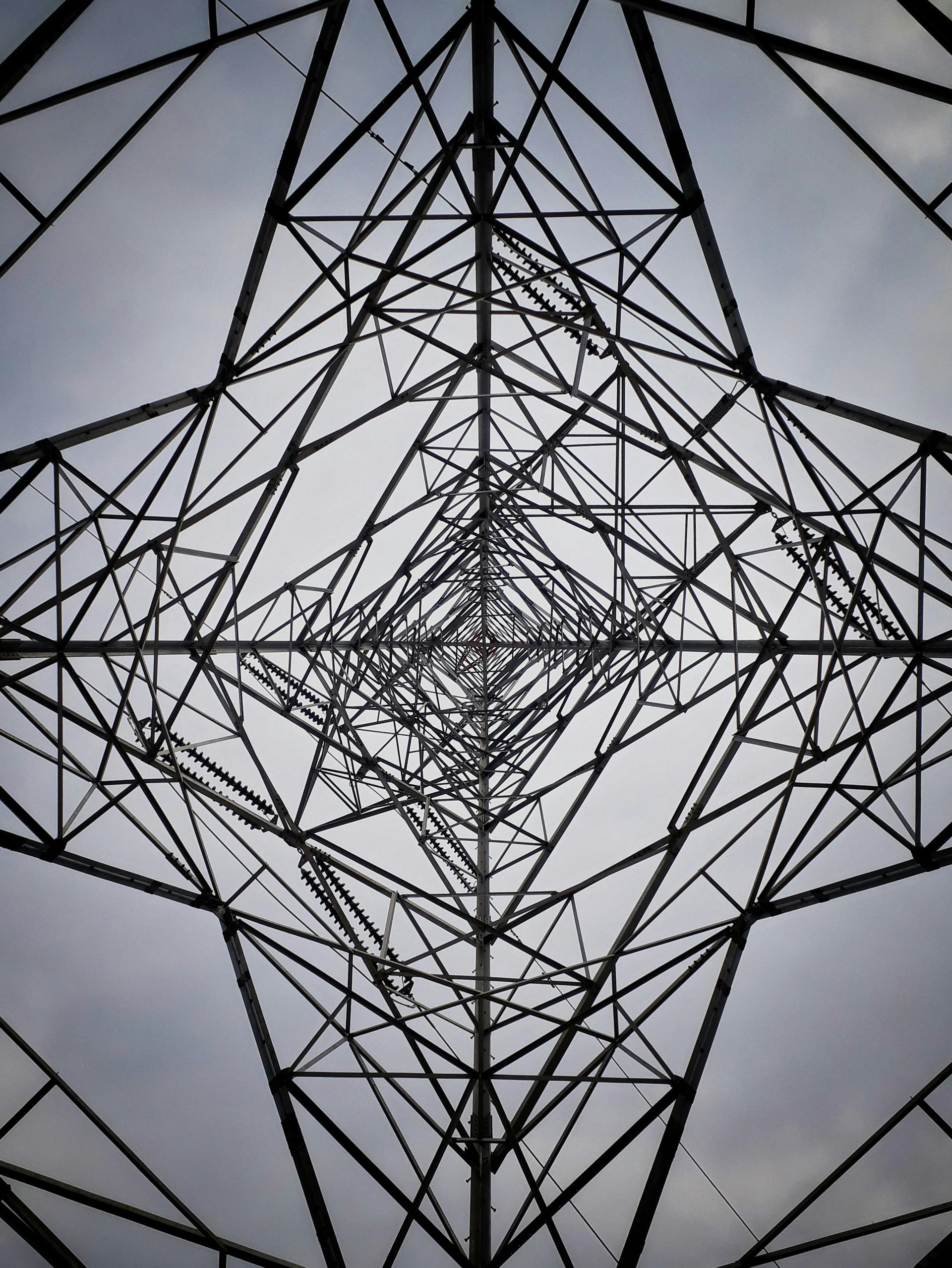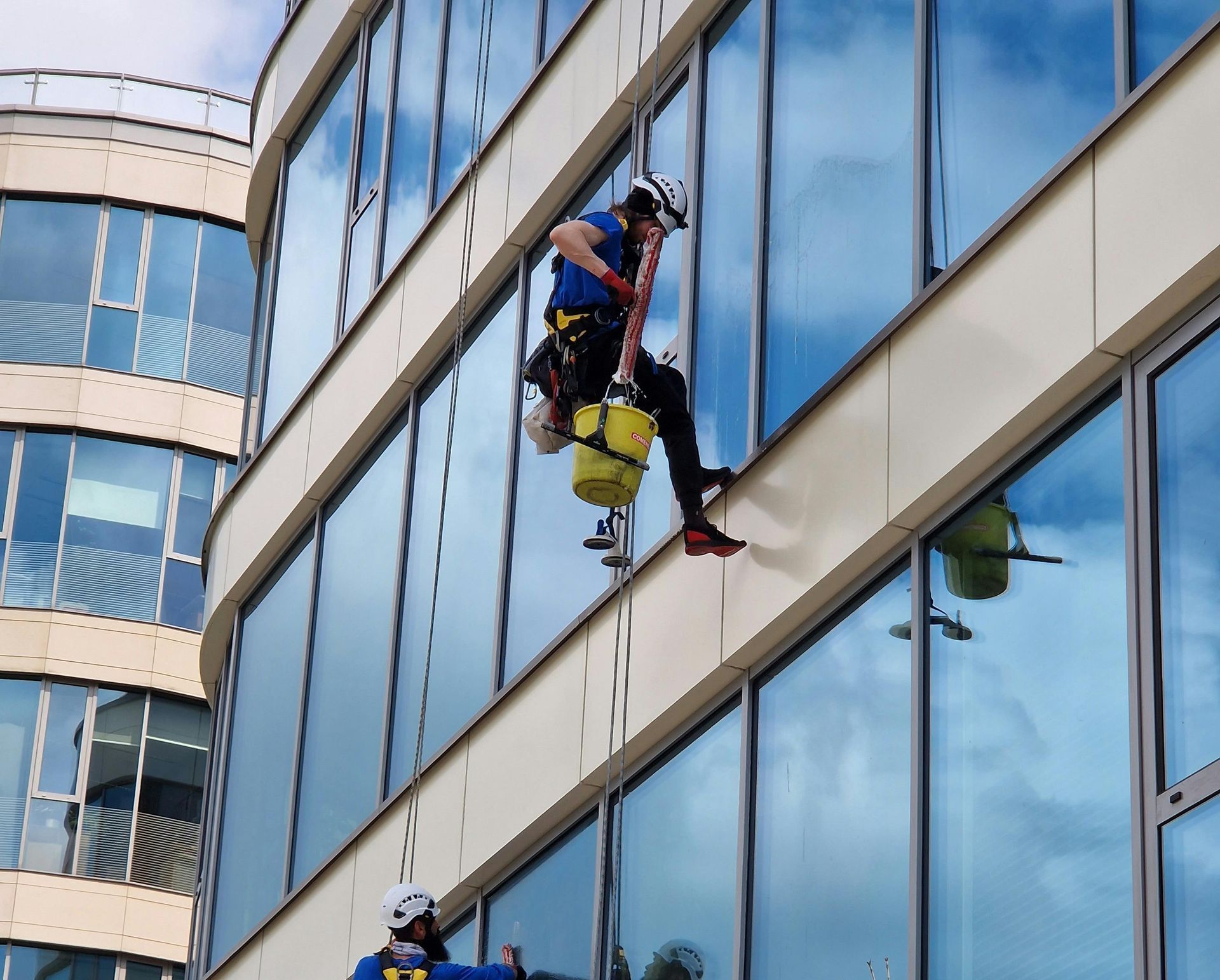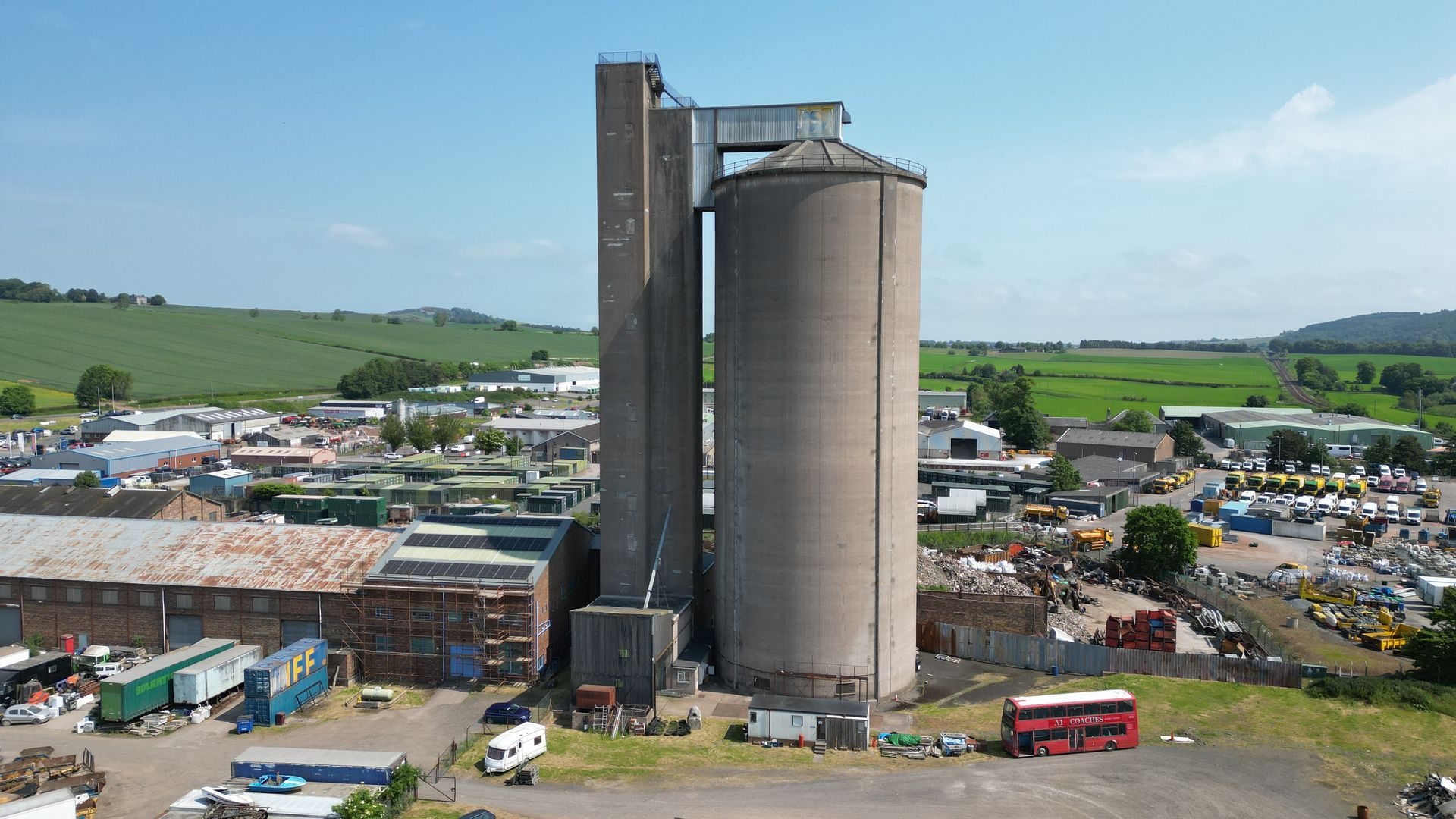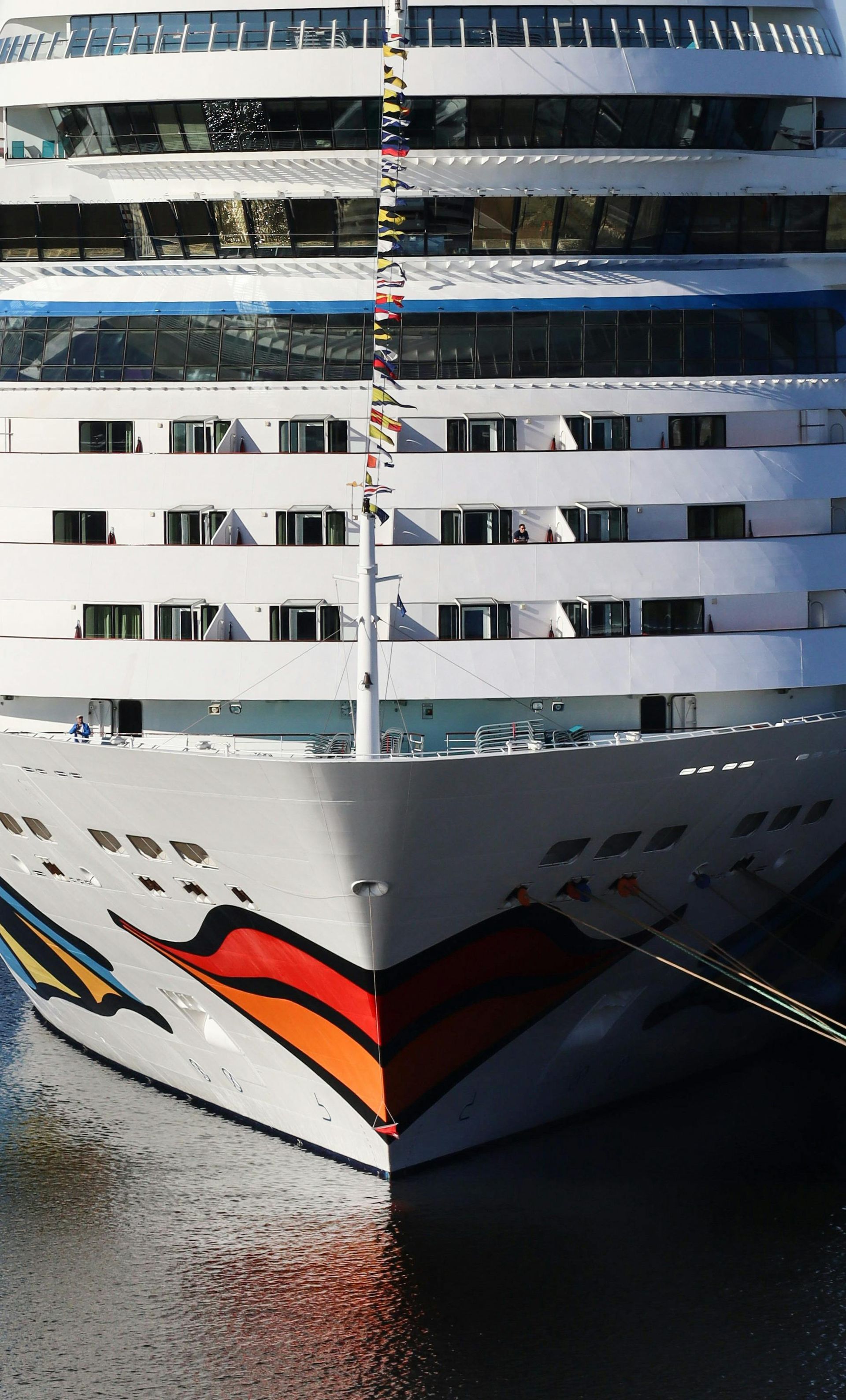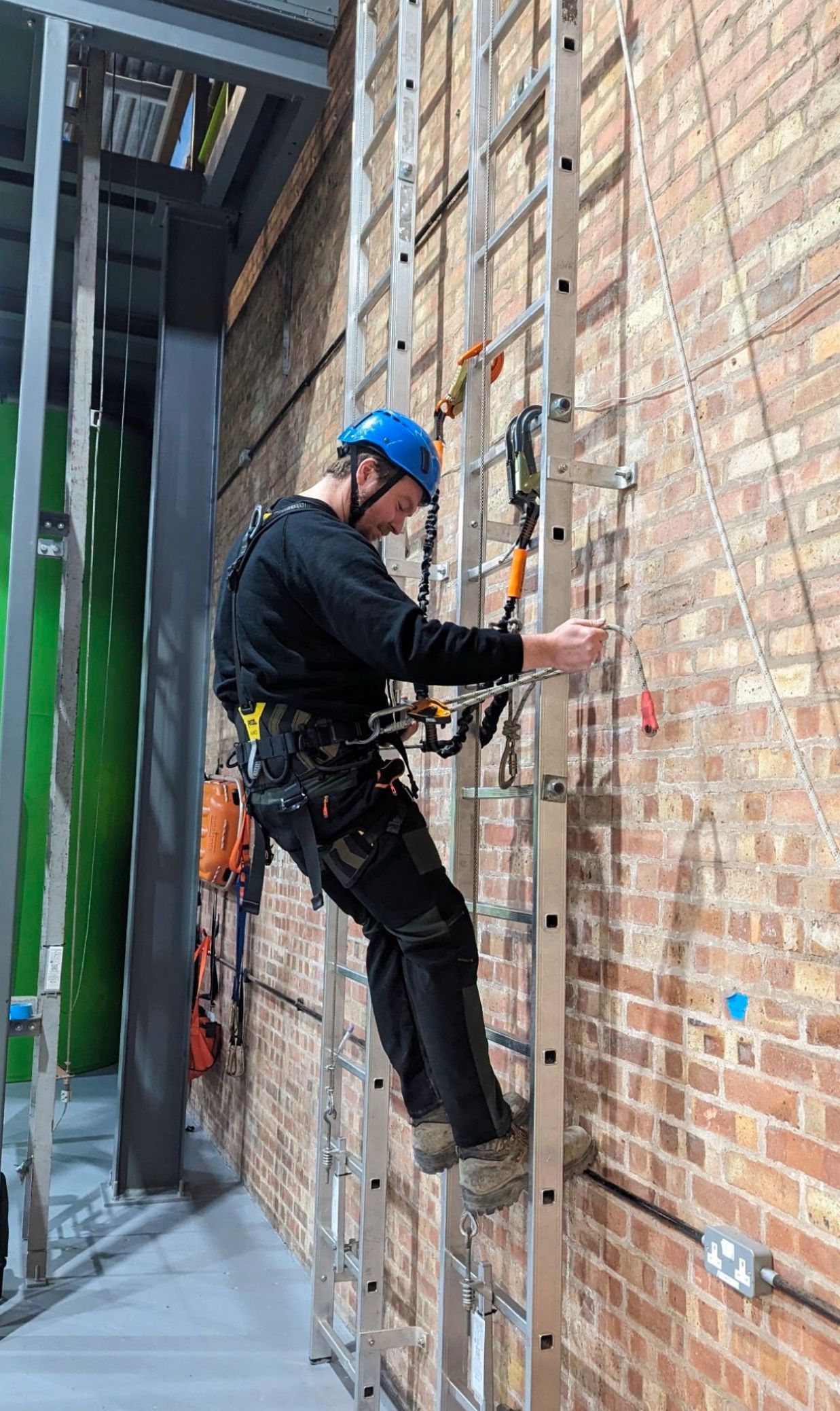Coating Calculations (The Math)
Coating Calculations - Painting Guide

How to Work Out How Much Paint You Need?
The first thing you'll need to do to work out how much paint you need is determine the surface area of the area you'll be painting. To do this, you'll need to measure the length and width of the area (in feet), and then multiply those two numbers together. This will give you the square footage of the area.
Once you have the surface area, you'll need to decide on the coverage of the paint. Most paints will cover about 200 square feet per gallon. However, if you're painting over a dark colour or stains, you may need to use a primer first, which will lower the coverage. If you're unsure, always check the coverage on the paint can before buying.
Once you know the surface area and the coverage, you can calculate the amount of paint you'll need. Simply divide the surface area by the coverage to get the number of gallons you'll need. For example, if you're painting a 10x10 room with a coverage of 200 square feet per gallon, you'll need 0.5 gallons of paint (10x10/200 = 0.5).
Now that you know how to calculate the amount of paint you'll need, don't forget to factor in other supplies like painter's tape, drop cloths, sandpaper, and brushes. And always remember to buy a little extra paint, just in case. Paint Consumption on protective coating projects can vary between 20-40% of the entire contract cost. The complexity of the works, general logistics, methods of access and containment, methods of preparation and application and also the type of coating system to be used including the final required wet film thickness calculation to achieve the desired dry film thickness will dictate the overall costs (wft to dft calculation). So check with an expert if unsure.
Paint Consumption Calculations
Calculating Paint Consumption quantities correctly can be extremely important, especially in certain locations such as offshore maintenance environments, where additional deliveries can be a problem. Some products also have long lead times and ensuring the correct amount of paint is available can be the difference between finishing a contract on time and running over into critical paths.
Furthermore, delivery of too much paint can have commercial implications due to transport costs, general logistics and handling and returning specialist products and/or special (non-standard) colours.
This blog post is designed to provide an understanding of the arithmetic used throughout the coating industry in coating thickness calculations. You will also find some basic conversions, definitions and calculations for surface areas.
Starting with expendable abrasive materials, the amount of abrasive to be used on a blasting project varies tremendously between contracts however we can build certain matrix models on historical work experiences, which is where this blog post is derived from. The abrasive range in industrial and marine applications is generally;
20-75 kilo/m2 depending on the surface condition and required specification or standard.
Abrasive Blasting
Abrasive Blasting is an operation where surface material is removed by using a high-pressure jet of abrasive particles. The abrasive particles can be made of various materials, including sand, glass beads, steel shot, and aluminium oxide. Abrasive blasting is often used to remove paint or rust from metal surfaces, and can also be used to prepare surfaces for painting or other coatings.
Abrasive blasting can be performed using several different types of equipment, including hand-held sandblasters, cabinet sandblasters, and automated blast rooms. The type of equipment used will depend on the size and type of surface being cleaned, as well as the desired results.
Media blasting is a safe and effective way to clean or prepare surfaces for painting or other coatings. When performed properly, it will not damage the underlying substrate. Abrasive blasting is an important part of the surface preparation process and should be done by trained and experienced personnel.
Spraying Paint
Spraying paint on an industrial scale is a complex and efficient process by which a specially formulated paint is applied to various surfaces using sophisticated equipment and techniques. This method is commonly utilised in manufacturing and production facilities to ensure a uniform and high-quality finish. The process involves the use of spray guns or automated systems that can cover large areas quickly, allowing for consistent application on everything from automotive parts to large machinery. By leveraging advanced technologies, industries can achieve not only improved aesthetic qualities but also enhanced durability and resistance to environmental factors, making it a critical component in the production workflow.
Coating Thickness Calculation
Coating Thickness Calculation is a crucial aspect of various industries, such as automotive, aerospace, and construction. It involves determining the thickness of coatings applied to different surfaces, which is essential for ensuring the durability, performance, and quality of the finished product.
Coating thickness calculations play a vital role in the automotive industry, where it is necessary to measure the thickness of paint coatings on vehicles. This measurement helps ensure that the paint provides adequate protection against corrosion and environmental factors, while also enhancing the vehicle's appearance. By accurately calculating the coating thickness, manufacturers can meet industry standards and customer expectations.
In the aerospace industry, coating thickness calculation is equally important. Aircraft require protective coatings to withstand extreme weather conditions, prevent corrosion, and maintain structural integrity. By accurately calculating the coating thickness, aerospace engineers can ensure that the aircraft components are adequately protected and meet safety regulations.
The construction industry also relies on coating thickness calculation to ensure the durability and longevity of various structures. Coatings are applied to surfaces such as concrete, steel, and wood to protect them from moisture, UV radiation, and other detrimental factors. By accurately calculating the coating thickness, construction professionals can ensure that the coatings provide adequate protection and extend the lifespan of buildings, bridges, and other important infrastructure.
There are various methods for coating thickness calculation, including destructive and non-destructive techniques. Destructive methods involve removing a sample of the coating and measuring its thickness using specialised equipment. Non-destructive methods, on the other hand, allow for the measurement of coating thickness without damaging the surface. These methods include magnetic induction, eddy current, and ultrasonic testing.
In conclusion, coating thickness calculation is a fundamental aspect of many industries, including automotive, aerospace, and construction. Accurately measuring the thickness of coatings ensures the durability, performance, and quality of finished products. Whether it's protecting vehicles from corrosion, ensuring aircraft components are adequately shielded, or extending the lifespan of buildings, coating thickness calculation plays a crucial role in maintaining the integrity of various surfaces and structures. With the use of both destructive and non-destructive methods, industries can confidently rely on accurate coating thickness calculations to meet industry standards and customer expectations.
Wet Film Thickness Formula (WFT)
In order to achieve a calculated
wet film thickness we must take the desired dry film thickness (DFT) first and reverse engineer. So a DFT of 90 microns using a paint with a volume solid (VS) of 60% we would calculate the following to find the WFT;
WFT = 100 x DFT / VS (WFT = 100 x 90 / 60) therefore giving us 150 microns as the Wet Film Thickness (WFT).
Dry Film Thickness Formula (DFT)
When the required calculation is in reverse and you are looking to obtain the
Dry Film Thickness (DFT) the following formula applies;
WFT x VS / 100 = DFT so using the same numbers as we did above working out the wet film thickness the equation looks like this (150 x 60 / 100) = 90 microns DFT).
Volume Solids Formula (VS)
Dry Film Thickness / Wet Film Thickness x 100 = Volume Solid shown as a percentage (%) again using the above numbers it would be as follows;
90 DFT / 150 WFT x 100 = 60% VS.
Theoretical Spreading Rate Formula (TSR)
m2 per ltr = 10 x VS(%) / DFT in microns. Using the above numbers we can estimate the following outcome;
10 x 60% / 90 = 0.06 m2 per ltr of paint as the Theoretical Spreading Rate.
Practical Spreading Rate (PSR)
TSR x (100% - wastage%) = PSR. For this example we will again use the aforementioned numbers above;
0.06 x (100% - 20%) = 0.048 m2 per ltr of paint as the Practical Spreading Rate.
Calculating Paint Quantities
Flat Steel Plate
If the surface to be painted is 10 meters in linear length and 3 meters wide, then the area can be simply determined by multiplying the length by the width (10 x 3 = 30m2). If both sides were to be coated the surface area would be doubled if both sides were identical metrics.
Assuming a theoretical spreading rate (TSR) of 5m2 per litre of paint then 12ltrs of paint would be required to cover both sides (30 / 5 x 2 = 12). However using the practical spreading rate we have learned above (PSR) and taking into account approximately 20% paint wastage, the practical coverage will be reduced to 4m2 per litre (5 x 0.8 = 4).
Therefore using PSR we can determine the paint requirement for coating a flat plate as described above would require 15 litres of paint (30 / 4 x 2 = 15).
In our next blog post on coating calculations part 2 we will look at more complex shapes and how to calculate their surface areas accurately, such as;
I -Beams (primary and secondary steel)
Cylinders (storage tanks or wind turbine tower sections)
Pipes and Pipelines
About Dangle Rope Access
Here at Dangle, we provide a variety of comprehensive inspection, access, coatings, and composite (IACC) industrial services. Our services are available to both the private and public sectors.
We offer high-quality proven solutions that will help reduce maintenance costs in both the long and short-term. We are based in Dundee, Scotland and also have offices based in Edinburgh, along with our newly established training centre in Northern Ireland Dangle Academy. Due to our company size and structure, we are able to offer a flexible and versatile approach to the way we run our business and the services that we offer our clients. And, as a leading painting company, we’ve worked on several renewable energy projects in the UK, Europe, and the US.
We work with both on and offshore with wind farm operators, and asset owners. For offshore wind farm maintenance, to onshore building maintenance, we can cover both the East and West coasts.
To find out more about how our team can help you contact us today. Our friendly, professional and helpful team is always on hand to help.
